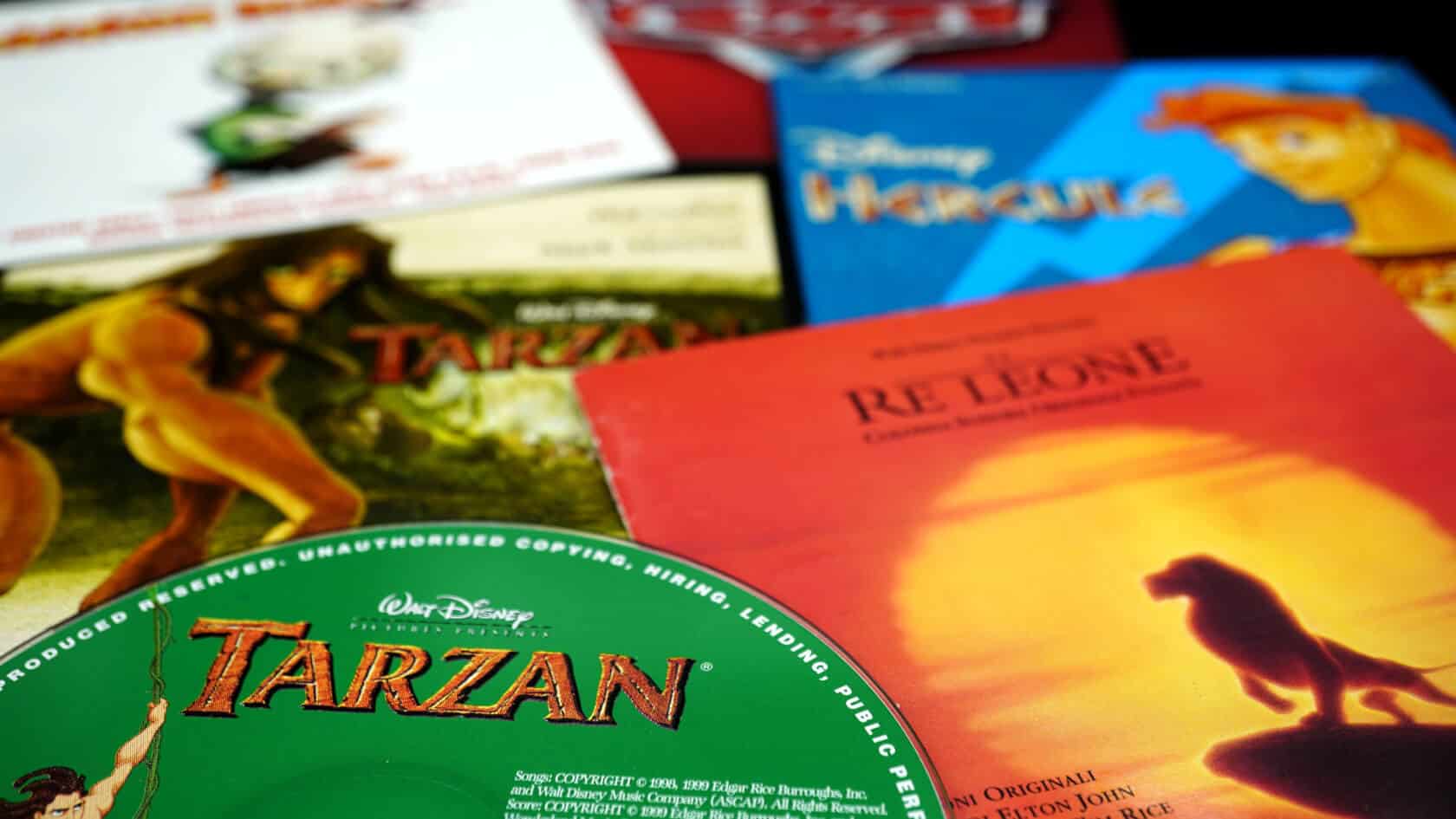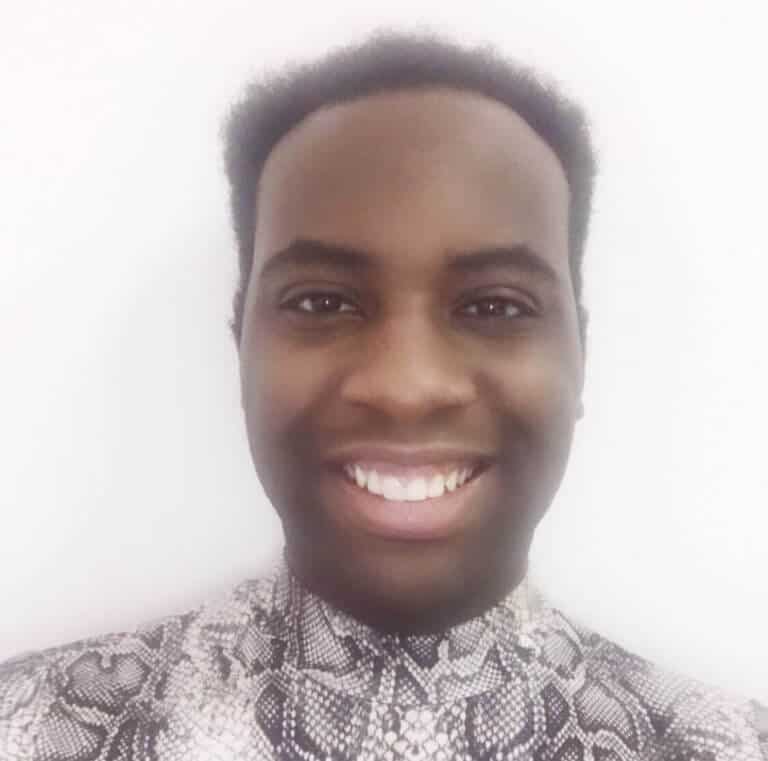Disney acquires a certain musical and or storybook blueprint that creates much access for the magical company. What is this magical blueprint? Let’s find out!
When you think about your childhood, what is something you remember? A strong memory could be of your favorite toy or your favorite holiday! However, what about your favorite music? Your favorite movie? We have all encountered the magical world of Disney one time or another within our lifetimes, the crazy part about Disney is that it’s hard to escape its catchy tunes and happy atmospheres. But why do songs such as “Be Our Guest” from Beauty and the Beast (1991) or “Hakuna Matara” from The Lion King (1994) seemingly create earworms in our heads? By popular belief of a “Disney formula”, many believe that Disney acquires a certain musical and or storybook blueprint that creates much access for the magical company. What is this magical blueprint? Let’s find out!
For many, Disney movies are connected to one’s childhood memories and novelty. Author of “Pitch Anything”, Oren Klaff discusses that the brain has three main layers. The Reptilian brain, Limbric brain, and neocortex. Klaff explains that individuals accept new information by ignoring non-dangerous and non-exciting information. Summarizing new information as quickly as possible. Additionally, in more depth new information is not sent to the neocortex unless it involves a complicated problem that needs dynamic solutions. Therefore, Disney earworms center around stimulating the reptilian brain. To stimulate this part of the brain new information, need to be familiar, simple, and novel. Disney music embodies this aspect tremendously.
One key aspect that makes Disney music successful, is their similarity of a medley! According to Merriam-Webster, a medley is a music composition made up of a series of songs or short pieces. For many musicians, the key to a good medley is its variety. However, as Disney songs convey a variety of songs, much of Disney’s melody, rhythm, and instrumentation has many borrowed elements and theme tropes. Therefore, Disney songs can be recognizable based on their similarities but are memorable based on their subtle differences.
What is a Theme Trope?
According to LiteraryTerm.net, a trope can refer to any type of image, theme, character, plot, or figure of speech that is used multiple times. In this case, Disney themes tropes refer to tropes that are widespread such as metaphors, irony, and hyperboles such as “the noble savage”. In Disney songs, a trope could be depicted to have a melody that soars during the chorus. For example, the popular song “Go the Distance” from Disney’s Hercules (1997). If you take a listen, the melody, volume, and orchestration fall back before building up or regaining energy to finish the chorus. This may be a minor theme for some; however, this unique theme mirrors in almost many Disney songs! Other songs such as Disney’s Pocahontas “Color of the Wind” (1995) and Disney’s Little Mermaid “Part of Your World” (1985).
The Villain Within!
In life, there has been a saying that one is only as strong as their haters. In many movies, oftentimes the hero is only as strong as their villain. In terms of Disney movies, villain songs always perfectly match their aesthetic and evil demeanor. However, the more distinctive nature of each of the villain songs is its minor key tendency. This notion allows the songs to lack bubbly or self-empowering energy and cater to a more spooky and evil approach. This can be heard in songs such as Disney’s 101 Dalmatians “Cruella Deville” (1961) and Disney’s Princess and the Frog’s “Friends on The Other Side” (2009). One song that emulates this notion perfectly is “Hellfire” from Disney’s Hunch Back of Notre Dame (1996). Within the song in which the song is performed, Judge Frollo battles between good and evil. This impactful decision causes the tone of the music to shift back and forth throughout the song.
It’s All About the Tempo!
Overall, the hardest part of developing a medley is figuring out how to smoothly transition between varying songs. This can be based on all of the variations of keys, orchestrations, and tempos. In terms of Disney material, this is not a problem as Disney songs embody almost the same tempo. According to 123ish.com, Disney song’s Beats Per Minute (BPM) tend to range between 80-120 BPM and has very little variety when it comes to tempo. Songs that show this notion are “How Far I’ll Go” from Disney’s Moana (2016) and “Beauty and the Beast” from Disney’s Beauty and the Beast. They are the same!
So, there could very much be a strong “Disney Formula” that the magical company follows to create monumental movies and classic songs! Through using a variety of theme tropes such as chorus build-ups and song dynamics, using minor keys to create villain songs, and maintaining a consistent tempo throughout varying songs, Disney has managed to captivate global audiences, and create an easy, digestible song structure to live in our memories and minds forever!
Picture: Shutterstock / ID: Kraft74 / 1699962628
Have you been making your own music?
Support us!
All your donations will be used to pay the magazine’s journalists and to support the ongoing costs of maintaining the site.
Share this post
Interested in co-operating with us?
We are open to co-operation from writers and businesses alike. You can reach us on our email at [email protected]/[email protected] and we will get back to you as quick as we can.










